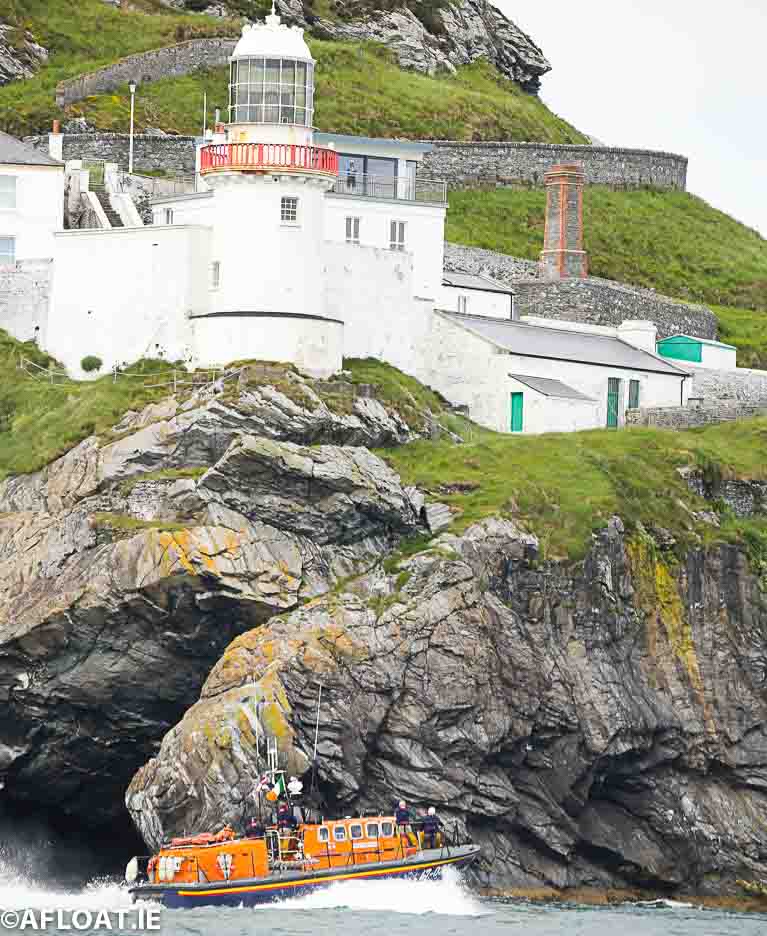This Sunday (28 April 2019) Wicklow RNLI will bid farewell to their beloved lifeboat Annie Blaker, the last operational Tyne Class lifeboat in the RNLI’s fleet. The historic vessel will launch for the final time at Wicklow lifeboat station on Sunday 28 April at 1:30 pm and will be joined by a flotilla of vessels including lifeboats from the flanking RNLI stations at Dun Laoghaire and Arklow.
The Tyne class lifeboat has been retired by the RNLI as it has been replaced by faster classes of lifeboats capable of up to 25 knots; the Tyne class could reach 18 knots at full speed. The Tyne all-weather lifeboat was the first fast slipway-launched lifeboat in the Institution.
The lifeboat will available to view by the public on the slip at the East Pier from 10 am on Sunday morning. At 12:30 pm the lifeboat will be prepared for launching, which will take place at 1.30pm. The lifeboat will be honoured on its departure with a flotilla made up of local and RNLI boats.
 Wicklow's RNLB Annie Blaker under Wicklow Head lighthouse Photo: Afloat.ie
Wicklow's RNLB Annie Blaker under Wicklow Head lighthouse Photo: Afloat.ie
The Tyne class lifeboat was officially retired from the RNLI at the Wicklow lifeboat station on Friday 5 April after 30 years of service there. During that period, the lifeboat was launched over 348 times on callouts and rescued 408 people. The Tyne was introduced into the RNLI fleet in 1982 with the final one built in 1990. While the last Tyne is at Wicklow, there have been Tyne class lifeboats on service in Ireland at Arranmore, Lough Swilly, Kilmore Quay and Baltimore.
Speaking ahead of the launch, Wicklow RNLI Lifeboat Operations Manager Des Davitt commented: ‘It will be a very emotional time for some of the crew who have served for almost thirty years on this historic lifeboat. She has been as much a part of the crew as any volunteer that passed through our doors and she has earned her retirement.’
‘We would love people to come down to the station to say goodbye to Annie and wish her fair winds on her last passage as a lifeboat.’
The Annie Blaker lifeboat was replaced by the relief Shannon class lifeboat Jock and Annie Slater, which went on station on Friday 5 April.































































